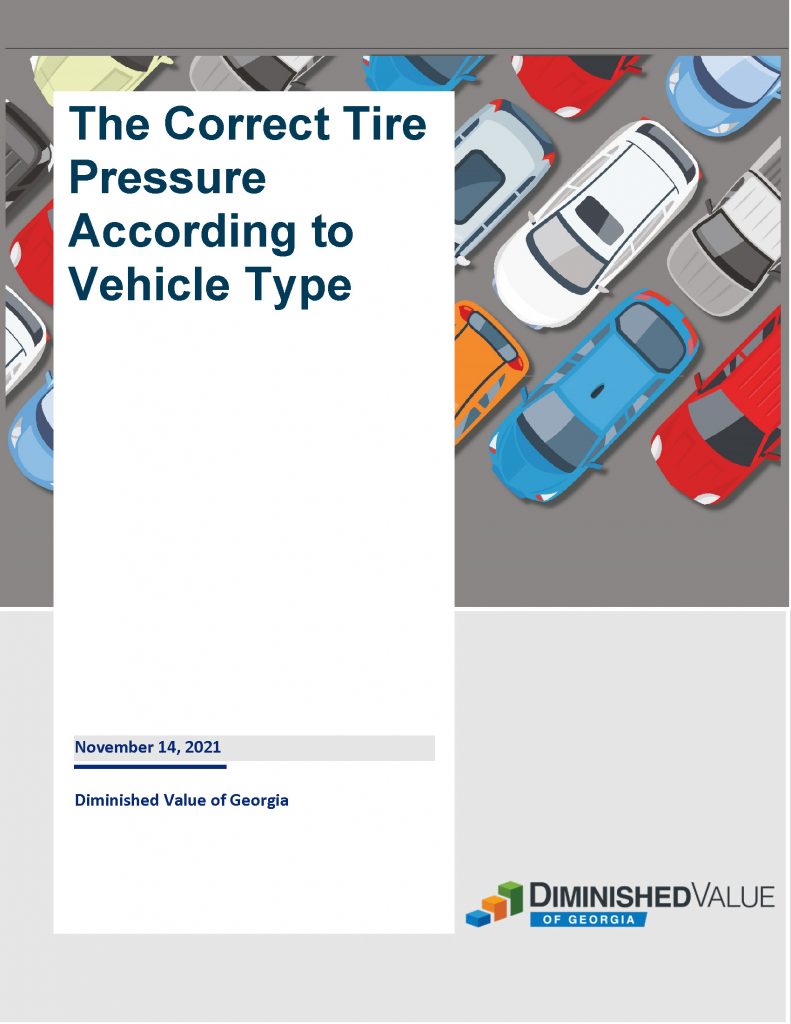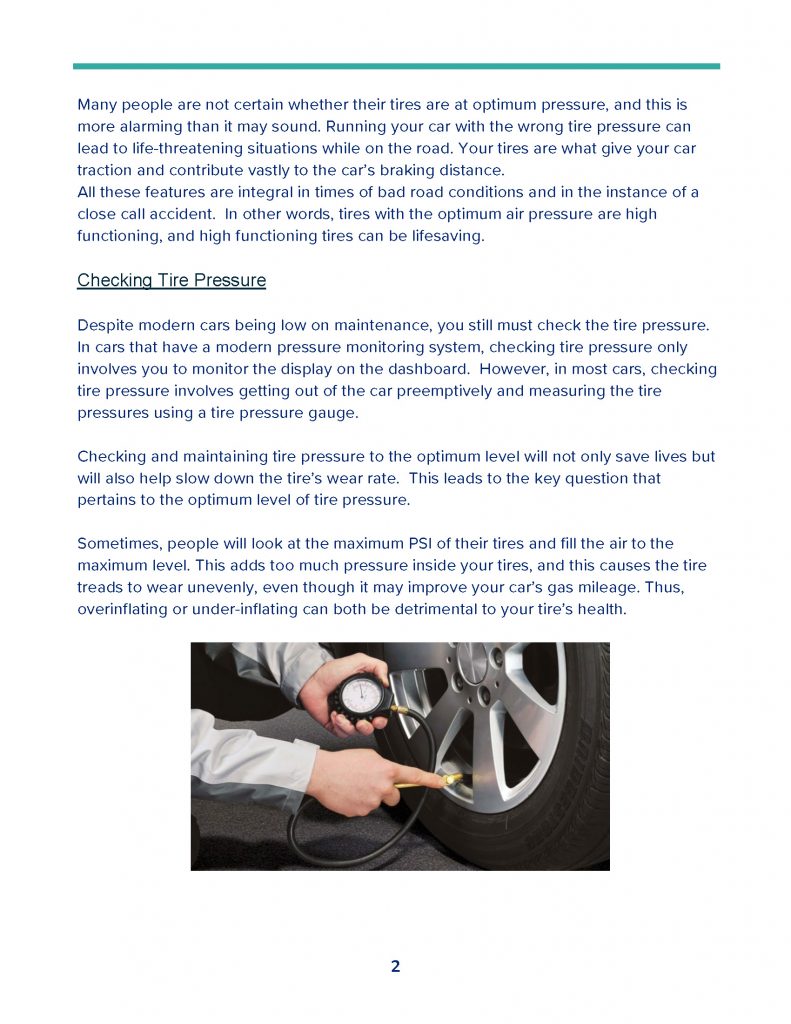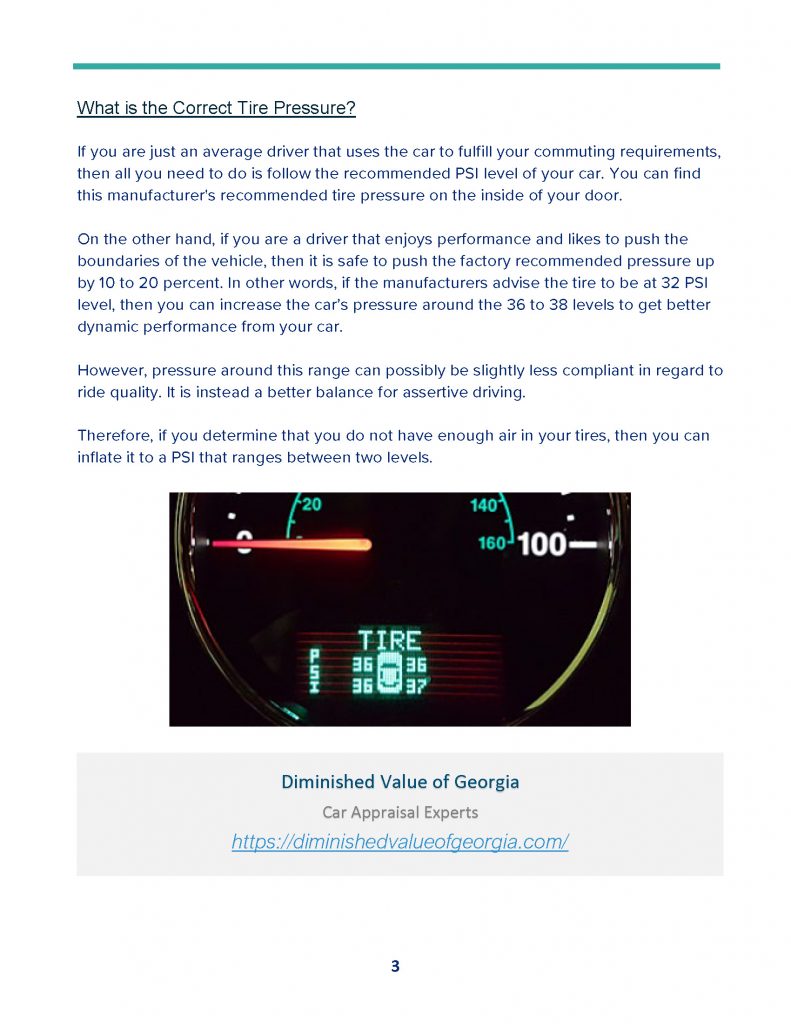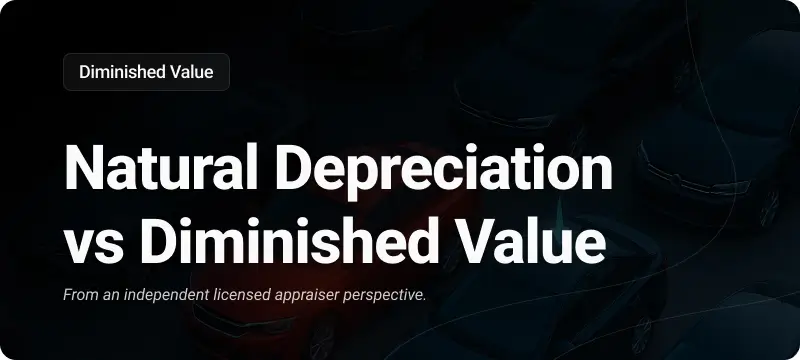The Correct Tire Pressure According to Vehicle TypeMany people are not certain whether their tires are at optimum pressure, and this is more alarming than it may sound. Running your car with the wrong tire pressure can lead to life-threatening situations while on the road. Your tires are what give your car traction and contribute vastly to the car’s braking distance. All these features are integral in times of bad road conditions and in the instance of a close call accident. In other words, tires with the optimum air pressure are high functioning, and high functioning tires can be lifesaving. Checking Tire PressureDespite modern cars being low on maintenance, you still must check the tire pressure. In cars that have a modern pressure monitoring system, checking tire pressure only involves you to monitor the display on the dashboard. However, in most cars, checking tire pressure involves getting out of the car preemptively and measuring the tire pressures using a tire pressure gauge. Checking and maintaining tire pressure to the optimum level will not only save lives but will also help slow down the tire’s wear rate. This leads to the key question that pertains to the optimum level of tire pressure. Sometimes, people will look at the maximum PSI of their tires and fill the air to the maximum level. This adds too much pressure inside your tires, and this causes the tire treads to wear unevenly, even though it may improve your car’s gas mileage. Thus, overinflating or under-inflating can both be detrimental to your tire’s health. What is the Correct Tire Pressure?If you are just an average driver that uses the car to fulfill your commuting requirements, then all you need to do is follow the recommended PSI level of your car. You can find this manufacturer’s recommended tire pressure on the inside of your door. On the other hand, if you are a driver that enjoys performance and likes to push the boundaries of the vehicle, then it is safe to push the factory recommended pressure up by 10 to 20 percent. In other words, if the manufacturers advise the tire to be at 32 PSI level, then you can increase the car’s pressure around the 36 to 38 levels to get better dynamic performance from your car. However, pressure around this range can possibly be slightly less compliant in regard to ride quality. It is instead a better balance for assertive driving. Therefore, if you determine that you do not have enough air in your tires, then you can inflate it to a PSI that ranges between two levels. |

Auto Market Update November 2025: Market Reacts to Tariffs
The used-vehicle market continued to slide last week, with wholesale prices dropping just over 1% on a volume-weighted basis. Both car and truck/SUV segments moved





